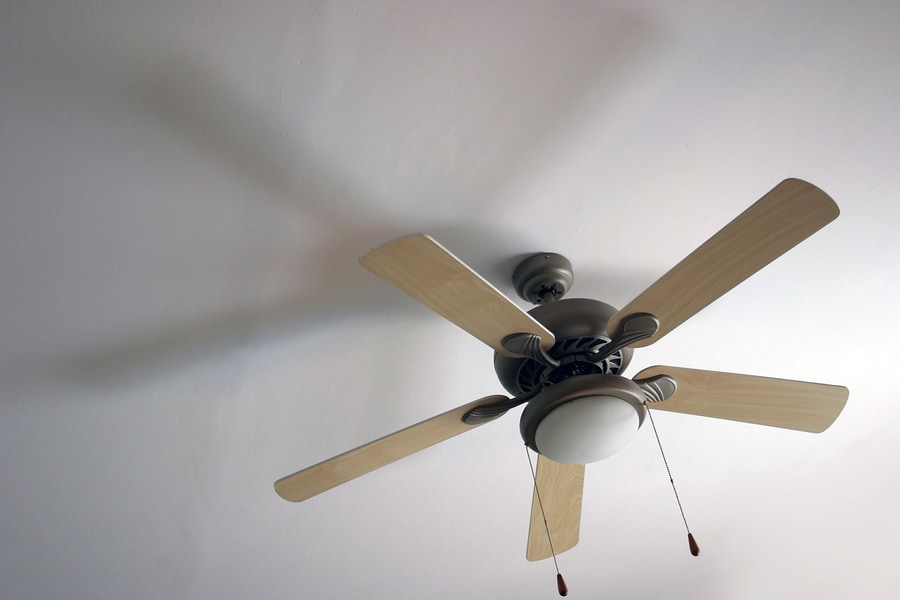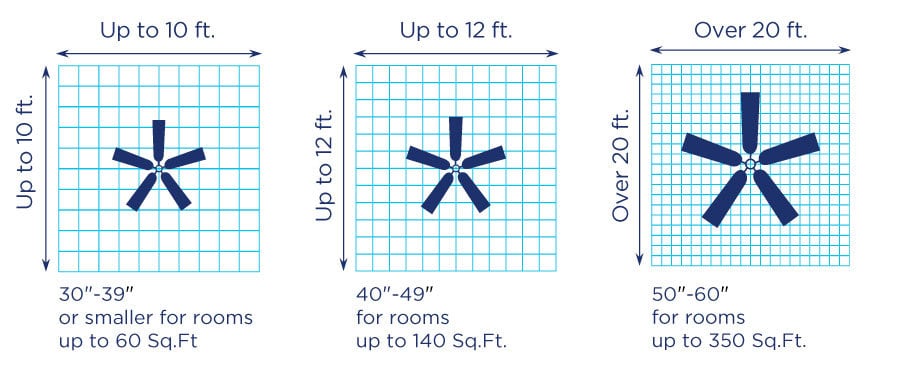4 Questions Showing the Importance of Ceiling Fan
 The ceiling fans came into existence in the late 1800s, at that time they were only used as a source of pleasant of a machine that gave pleasant breeze. Still this purpose i.e. dispersing pleasant air all around the room is the primary purpose of a ceiling fan. But it was the 1990s when foreign countries started manufacturing ceiling fans and the American companies where it all started i.e. the production of ceiling fans had to come up with something different to market their product. The American companies then came up with ceiling fans that were equipped with some advanced technology. This was not only it, these companies also manufactured fans that had very distinct design to compliment the décor of any room.
The ceiling fans came into existence in the late 1800s, at that time they were only used as a source of pleasant of a machine that gave pleasant breeze. Still this purpose i.e. dispersing pleasant air all around the room is the primary purpose of a ceiling fan. But it was the 1990s when foreign countries started manufacturing ceiling fans and the American companies where it all started i.e. the production of ceiling fans had to come up with something different to market their product. The American companies then came up with ceiling fans that were equipped with some advanced technology. This was not only it, these companies also manufactured fans that had very distinct design to compliment the décor of any room.
Q1. What is the purpose of my ceiling fan?
Ceiling fans are not air conditioners, they do not lower the temperature of the room, then what is the purpose of having a ceiling fan? The answer to this question can be understood through a very common example. Just consider yourself walking on the streets on a very hot day without any breeze blowing around you, now consider yourself in the same situation but with breeze blowing around. You will definitely find the latter situation better. This is because when the breeze touches your skin it causes the moisture on it to evaporate, hence creating a cooling effect.
After a pretty hectic day at the office, coming back home and pressing that magic button to switch on the ceiling fan, there you go with pleasant breeze blowing all around you. Now you can sit back relax and cool yourself down, what a revelation! The ceiling fans can also help you in the reduction of your electricity bills, because unlike the air conditioners you do not have to leave them on when you are not in the room.
The ceiling fans can also serve a purpose of a heater in the winter season. There is a switch in almost all the ceiling fans available today that reverses the breeze. In winters the cooler air is at the surface of the room, what the reverse air flow does is that it takes that cooler air from the surface and moves it up, while the warm air that is close by the ceiling is pushed down, hence creating a heating effect in the room. The fan should run at lower speed when you are using it for the heating purpose.
The ceiling fans and the air conditioners can also work in tandem, they can pair up and form a great team. The air conditioner blows cool air in the room, you can disperse this cool air into every corner of the room evenly by switching on the ceiling fan, hence increasing the cooling effect.
When the ceilings of the room are exceptionally high, all the logic that is mentioned above is useless. With very high ceilings the distance between the ceiling and the floor is too much and the effect of evaporation is eradicated. The only solution to this problem is that, in the heating season you must push the warm air down, and the cool air up when using it in a hot weather.
Q2. What should be the right size of the ceiling fan for my room?

Source: WestinghouseLighting.Com
The size of a ceiling fan completely depends upon the personal preferences that you have, although for a standard room you have the standard size i.e. 50 to 56 inches. When you have a room that is pretty large you have the option of a 60-inch fan. Similarly, if the room where you want to install the ceiling fan is small e.g. bathroom or kids’ room then you must go for a 42 to 48-inch ceiling fan. When choosing a ceiling fan, the size is not the only factor that you will consider but also the décor of the room. Therefore, choosing a ceiling fan is the matter of your own personal preference and liking.
Q3. What to do with my low ceiling?
If you have a room where the ceilings are lower than the standard i.e. lower than 8 feet than you cannot have a standard fan, because this will cause the clearance issue. In this case the best available option for you is a hugger fan. These fans are so close to the ceiling that they almost hug it and this is how they got their name. There is no down rod attached to the hugger fan, hence eliminating the clearance issue. The only downside of a hugger fan is that the airflow as compared to a standard ceiling fan is pretty less.
Q4. Why should I have an outdoor Ceiling Fan?

Having a ceiling fan outdoors, may sound quite stupid in the first thought. But just put yourself in a situation where you are sitting in your porch on a very hot day and there is no breeze, if in this situation you will have a ceiling fan to present you with soothing breeze nothing could be better. When you are choosing an outdoor ceiling fan you must keep in mind the place where you want to install it. There are different outdoor fans available for different conditions. Some that are not exposed to heat or rain and some that have to experience both.
There was a time when the ceiling fans were just used as source that provides pleasant air to the room where they were installed, but this conception has changed dramatically over the passage of time. The ceiling fans in today’s world are more advanced in terms of technology and also are used to enhance the décor of the place or the room where they are installed.
You have a wide variety to choose from when it comes to ceiling fans. The market is flooded with different kinds of ceiling fans, having different features and different specification. The designs of all these ceiling fans are also different. So now it is all upon you, what kind of a ceiling fan you are looking for that can satisfy all your needs.
